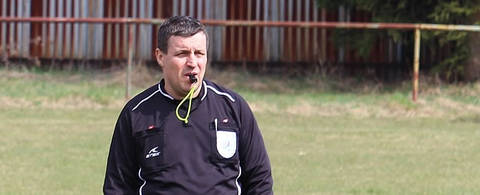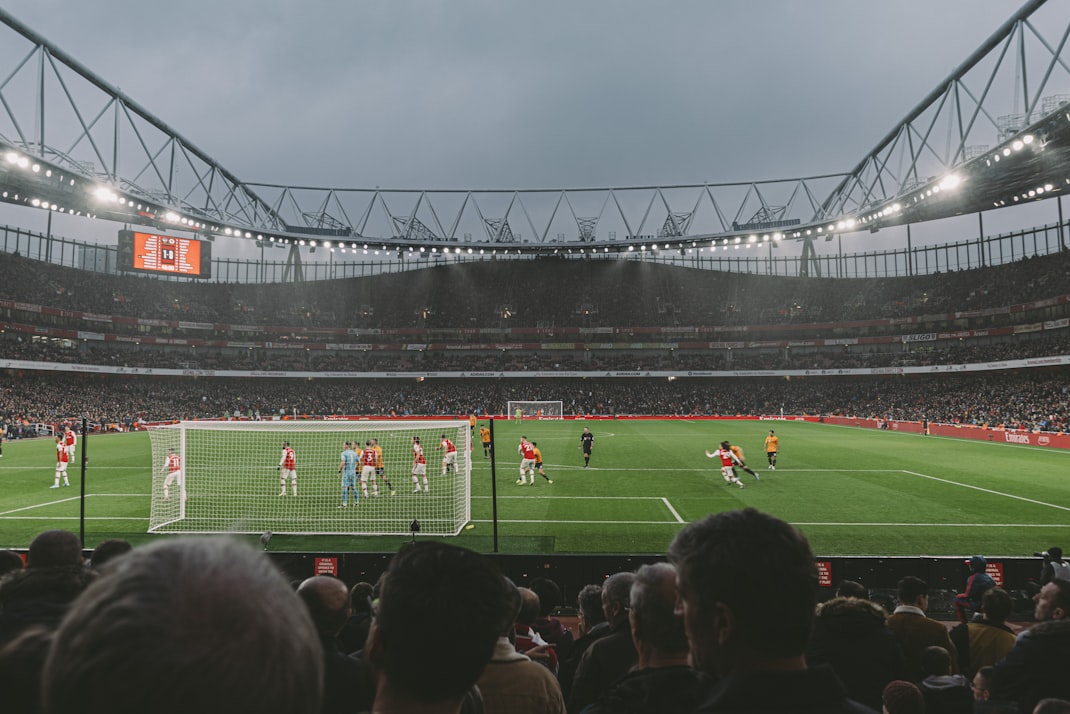
One of the reasons why Football has been the all-conquering, popular world sport it has become is because of the lack of barriers to playing. A ball and ‘jumpers for goalposts’ and you’ve got yourself a game of sorts. But is this changing at grassroots level? Having attended a recent committee meeting at our club, it would seem that below the surface lies a complex and often troubling financial reality that threatens the very existence of the game. In recent years, the cost of participating in grassroots football has skyrocketed, placing an increasingly heavy burden on players, parents and clubs alike.
As if the recent cost of living crisis hasn’t pressed household finance enough, we certainly don’t need football to be pricing out participation from poorer households. It’s so easy for the costs to mount though. Starting with the basics, for a child to play football, they need boots, shin pads, and a kit which is simple enough, right? But consider that growing feet mean new boots every season, sometimes twice a season. Quality boots that can withstand the rigours of regular play don't come cheap, often costing upwards of £80 a pair. Then there's the kit itself. Many clubs require players to purchase home kit and sometimes this extends to away kit, training gear and even leisure wear, all bearing the club's crest. It's not uncommon for parents to shell out well over £100 just on kit each season.
But the costs don't stop there. Club membership fees, which cover everything from pitch hire to insurance, can also run to several hundred pounds per season. For more competitive teams, there are additional costs for tournaments, often involving travel and sometimes even accommodation expenses. A recent survey by the FA found that the average cost for a child to play grassroots football for a season stands at around £300, with some parents reporting expenses of over £1,000 per year.
These figures are sobering, especially when we consider that many families are already struggling. The danger is that our sport that should be accessible to all, is in danger of becoming the preserve of those who can afford it. This not only contradicts the inclusive spirit of football but also risks narrowing the talent pool from which future stars might emerge as some players are excluded.
The financial strain doesn't just affect individual players and their families, it extends to the clubs themselves with many in financial distress. Grassroots football clubs, run almost exclusively by dedicated volunteers, face a constant battle to keep their heads above water financially. The biggest expense for most clubs is pitch hire and maintenance. A typical grass pitch can cost anywhere from £30 to £200 per match to hire, depending on the location and quality of the facilities. For clubs with multiple teams playing each weekend, these costs quickly multiply.
Maintenance of pitches is another significant expense. A survey by the Grounds Management Association found that 35% of grassroots football clubs struggle to afford basic pitch maintenance. This leads to poor playing surfaces, cancelled matches, and in some cases the closure of facilities altogether. The situation has been exacerbated by cuts to local authority budgets, which have seen council spending on sports and recreation facilities fall by almost 50% in real terms between 2010 and 2019.
Equipment costs also take a hefty chunk out of club budgets. Footballs, training gear, goalposts and first aid kits all need regular replacement. Then there are the administrative costs, insurance, league registration fees, referee payments and coaching courses for volunteers. It's a long list, and for many clubs, balancing the books is a constant challenge.
Sponsorship, once a reliable source of income for many grassroots clubs, has become increasingly hard to secure. Local businesses, traditionally the backbone of grassroots football sponsorship, have been hit hard by economic downturns and are less able to offer financial support. Larger companies often prefer to sponsor high profile teams, leaving grassroots clubs to fend for themselves.
The COVID-19 pandemic has added another layer of complexity to this already challenging landscape. Lockdowns and social distancing measures led to cancelled seasons, lost revenue from membership fees & fundraising events and increased uncertainty for grassroots clubs. While government support packages provided some relief, many clubs found themselves in an even more precarious position than before.
So what is being done to address these financial challenges? The Football Association has recognised the critical importance of grassroots football and has taken steps to provide support. The National Game Strategy, launched in 2018, committed to investing £180 million into grassroots football over a four year period to 2022. This funding has been directed towards improving facilities, supporting volunteer recruitment and retention and increasing participation among underrepresented groups.
The Premier League, too, contributes to grassroots football through its Football Foundation, which provides grants for facilities and equipment. However, many argue that given the vast wealth at the top of the professional game, MUCH more could and should be done to support football at grassroots level.
Innovative approaches to funding are also emerging individual clubs. Crowdfunding platforms have become an increasingly popular tool for clubs to raise money for specific projects or to cover ongoing expenses. We know that technology is playing a role too with apps like TeamStats revolutionising the way grassroots clubs manage their finances and communicate with members, streamlining processes and reducing administrative costs. Online booking systems for pitches and even virtual coaching sessions are helping to reduce overheads and increase accessibility.
Yet despite these efforts, the financial challenges facing grassroots football remain significant. The question we must ask is, what is the true cost of allowing these challenges to persist?
The most immediate and visible cost is the potential loss of accessibility. If grassroots football becomes too expensive, we risk creating a two-tier system where only those from more affluent backgrounds can afford to play. This not only goes against the inclusive spirit of the sport but also threatens to narrow the talent pool from which future stars emerge. Many of England's recent crop of international players, including Raheem Sterling and Marcus Rashford, developed their skills on the very pitches now under threat before entering the Academy system.
It's clear that a sustainable model for grassroots football should be found, and it will likely involve action on multiple fronts.
Firstly, there needs to be a greater redistribution of wealth from the top tiers of professional football to the grassroots level. The Premier League, with its multi-billion-pound TV deals could certainly afford to contribute more to the development of the game at its most fundamental level.
Secondly, local authorities need to have resources restored to maintain and improve community sports facilities. This could involve ring fenced funding from central government, recognising the vital role that sport plays in community health and wellbeing. With an NHS also in crisis and childhood obesity rates at record highs this represents investment rather than cost.
Finally, we need to look at ways to reduce the financial burden on individual players and their families. This could involve equipment recycling schemes, club-owned kits to reduce the cost to players, or even means-tested support for those who struggle to afford club fees.
The challenges facing grassroots football are significant, but they are not insurmountable. With concerted effort from all stakeholders, from the FA and Premier League down to individual clubs and volunteers, we can ensure that the game remains accessible to all.
In the end, the true cost of grassroots football is not just a financial one. It is the cost of lost opportunities, of children missing out on the chance to play the game they love because their family can’t afford the fees, of communities losing a vital part of their social fabric because their local club has folded. If we are serious about preserving the future of football in the UK, we must be willing to invest in the grassroots game and ensure that it remains accessible to all. Only then can we truly say that football is for everyone.



















